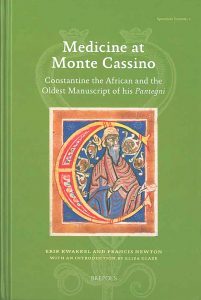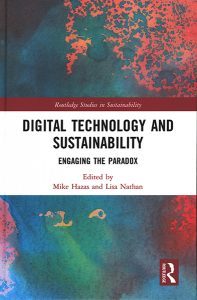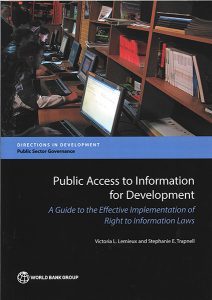Cataloguing Culture

How does material culture become data? Why does this matter, and for whom? As the cultures of Indigenous peoples in North America were mined for scientific knowledge, years of organizing, classifying and cataloguing hardened into accepted categories, naming conventions, and tribal affiliations – much of it wrong.
Cataloguing Culture examines how colonialism operates in museum bureaucracies. Using the Smithsonian’s National Museum of Natural History as her reference, Hannah Turner organizes her study by the technologies framing museum work over two hundred years: field records, the ledger, the card catalogue, the punch card, and eventually the database. She examines how categories were applied to ethnographic material culture and became routine throughout federal collecting institutions.
As Indigenous communities encounter the documentary traces of imperialism while attempting to reclaim what is theirs, this timely work shines a light on access to and return of cultural heritage. Museum practitioners, historians, anthropologists, and media scholars will find the practices and assumptions of their fields revealed in this indispensable work.
Medicine at Monte Cassino

Medicine at Monte Cassino offers unprecedented insights into the revolutionary arrival of Arabic medicine to medieval Europe by exploring the oldest manuscript of Constantine the African’s Pantegni, which is identified here, for the first time, as a product of the skilled team of scribes and scholars working directly under the supervision of Constantine himself at the eleventh-century abbey of Monte Cassino.
Books Before Print

This beautifully illustrated book provides an accessible introduction to the medieval manuscript and what it can tell us about the world in which it was made and used. Captured in the materiality of manuscripts are the data enabling us to make sense of the preferences and habits of the individuals who made up medieval society. With short chapters grouped under thematic headings, Books Before Print shows how we may tap into the evidence and explores how manuscripts can act as a vibrant and versatile tool to understand the deep historical roots of human interaction with written information. It highlights extraordinary continuities between medieval book culture and modern-world communication, as witnessed in medieval pop-up books, posters, speech bubbles, book advertisements, and even sticky notes.
The European Book in the Twelfth Century

The ‘long twelfth century’ (1075–1225) was an era of seminal importance in the development of the book in medieval Europe and marked a high point in its construction and decoration. This comprehensive study takes the cultural changes that occurred during the ‘twelfth-century Renaissance’ as its point of departure to provide an overview of manuscript culture encompassing the whole of Western Europe. Written by senior scholars, chapters are divided into three sections: the technical aspects of making books; the processes and practices of reading and keeping books; and the transmission of texts in the disciplines that saw significant change in the period, including medicine, law, philosophy, liturgy, and theology. Richly illustrated, the volume provides the first in-depth account of book production as a European phenomenon.
Digital Technology and Sustainability: Engaging the Paradox

Edited By Mike Hazas and Lisa Nathan
Congratulations to UBC iSchool Associate Professor Lisa Nathan for the publication of Digital Technology and Sustainability: Engaging the Paradox.
Bringing together diverse voices from across the field of sustainable human computer interaction (SHCI), this book discusses what it means for digital technology to support sustainability and how humans and technology can work together optimally for a more sustainable future.
Public Access to Information for Development : a Guide to the Effective Implementation of Right to Information Laws

Victoria L. Lemieux and Stephanie E. Trapnell
With more than 100 right to information (RTI) laws—also called freedom of information or access to information laws—now in place globally, the groundwork has been laid to advance more transparent, accountable, and inclusive governance as a pathway to poverty reduction and economic development. This guide explores the historical development of RTI laws, the factors that drive passage and effective implementation of these laws, the operation of the laws, and the impact of these laws in different country contexts and sectors, as well as the challenges of measuring the contribution of RTI laws to development outcomes.